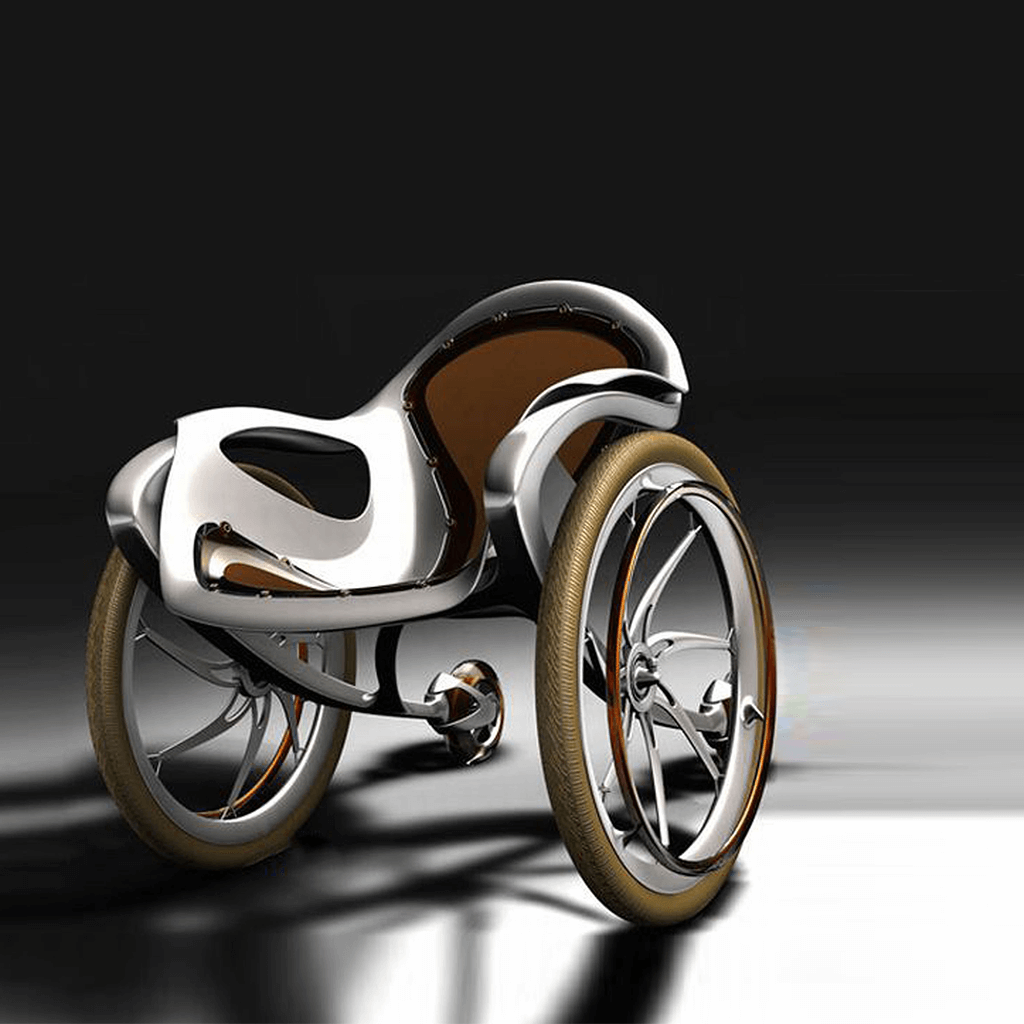Alignment of reclaimed carbon fibres could allow reuse in primary structures
Bringing together an academic and a manufacturing perspective, JEC asked Marco Longana from Politecnico di Milano in Italy and Matt Bradney of Prodrive Composites, UK about how we can achieve the best from reclaimed carbon fibres for use in new products.

Marco Longana is Assistant Professor at Politecnico di Milano, having recently moved from the University of Bristol in the UK. He has worked on carbon fibre reclamation for almost ten years, in particular he developed a technology for the reformatting of reclaimed carbon fibres (rCF), HiPerDiF, aimed at producing aligned discontinuous fibre composites from carbon fibres coming from all the available reclamation processes.
Matt Bradney is Director of Business Development at Prodrive Composites and a Board Director for trade association Composites UK. Prodrive process rCF as a reinforcement in thermoset and thermoplastic composite components, either in prepreg format, or in dry fibre infusion processes.
What would make it easier for rCF to be used by composite manufacturers more, or make it a more mainstream material?
Marco Longana points out that legislation and the current industrial and societal landscape are pushing for a more conscious use of resources. But he adds, “Only the certification and quality assurance of intermediate products, e.g. short fibre and reformatted carbon composite products, will allow manufacturers and end-users to use rCF composites with more confidence.”
Prodrive Composites has learned to work with these materials, often in conjunction with virgin fibres, in demanding, high quality applications. From Matt Bradney’s perspective, a wider understanding of the properties, uses and applications is needed to make the use of rCF more widespread.

Can standards help with recycling carbon fibre composite?
Standards can help with both the reclamation processes for carbon fibres, and with aspects of testing and product specification. “The effects of reclamation on carbon fibre performance, particularly strength, are strongly dependent on process parameters”, explains Marco Longana, “Only by knowing exactly what materials are being treated, i.e. the exact type of matrix and fibres, can the quality of the reclaimed fibres be maximised. This would allow for creating a market in which sellers are accountable and buyers are aware of what they are using in their products.”
In terms of reformatting into intermediate materials, it is necessary to define categories of products based on fibre architecture, length, alignment etc. This enables designers to work with the materials.
Which fibre reclamation processes are best for the environment?
When considering the environmental impact, Matt Bradney notes that recycling/reclaiming of carbon fibres is better than current disposal methods: “Ideally, we should try to use the fibres for their properties, as this continues to make valuable use of the energy consumed in their production. Secondary purposes offer the next best, such as fillers or similar.”
Several variants of thermal and chemical carbon fibre reclamation processes have been developed. It is difficult to say which reclamation process is best for the environment, or where is best to use reclaimed fibres. Marco Longana explains this: “The reclamation of fibres from end-of-life and some forms of manufacturing waste by degrading the thermosetting matrix is, in general, an energy or resource intensive process, and, besides few examples, their reformatting doesn’t lead to recycled composites with performances comparable to virgin ones.” In his opinion, only through a life cycle assessment, or even better a life cycle engineering approach (accounting for technical, environmental, and economic impacts), is it possible to establish whether the use of recycled composites instead of virgin ones in a specific application is really beneficial for the environment.

Will alignment of reclaimed carbon fibres allow reuse in primary structures?
Academics have suggested for many years that alignment of rCFs will enable higher performance. Several processes have now been developed to convert short fibres into highly aligned formats. Matt Bradney believes alignment can allow reuse in primary structures: “We have already used virgin and rCF into structural components, and separately we have used aligned rCF to create some interesting geometry. Aligned rCF is very new and not yet at industrial supply, but when it is it will definitely complement virgin CF for structural applications.”
The geometry that can be achieved with the improved formability of the aligned short fibres is another advantage. Marco Longana adds: “If the reclamation process can retain fibre strength, sufficient fibre length, and would not compromise fibre-matrix adhesion properties, indeed, a very well aligned recycled composite with a high fibre volume fraction (such as TuFF, from the University of Delaware or AFFT™, in development at Lineat) could be used in primary structures, with the added bonus of improved formability and potentially reducing some types of manufacturing defects.”
As the carbon fibre reclamation market grows, bringing economies of scale, perhaps many applications currently using virgin fibres can be replaced with highly formable, aligned rCF materials, maintaining the embodied energy in the fibres for a more circular industry.
More information on alignment processes: Tailored Universal Feedstock for Forming (TuFF) from the University of Delaware , and Aligned Formable Fibre Technology (AFFT™) from Lineat Composites.











